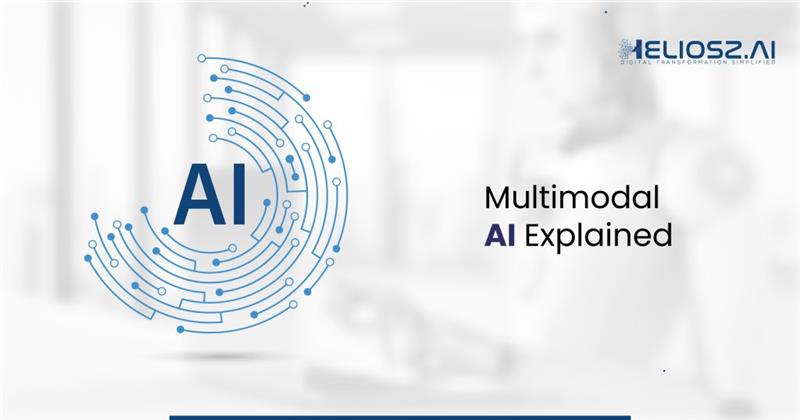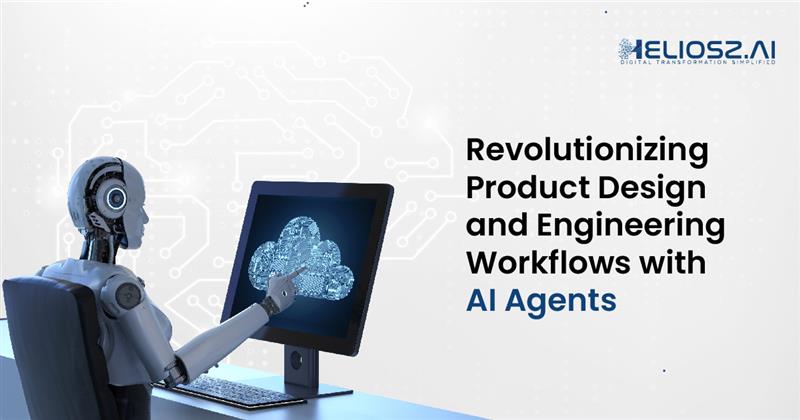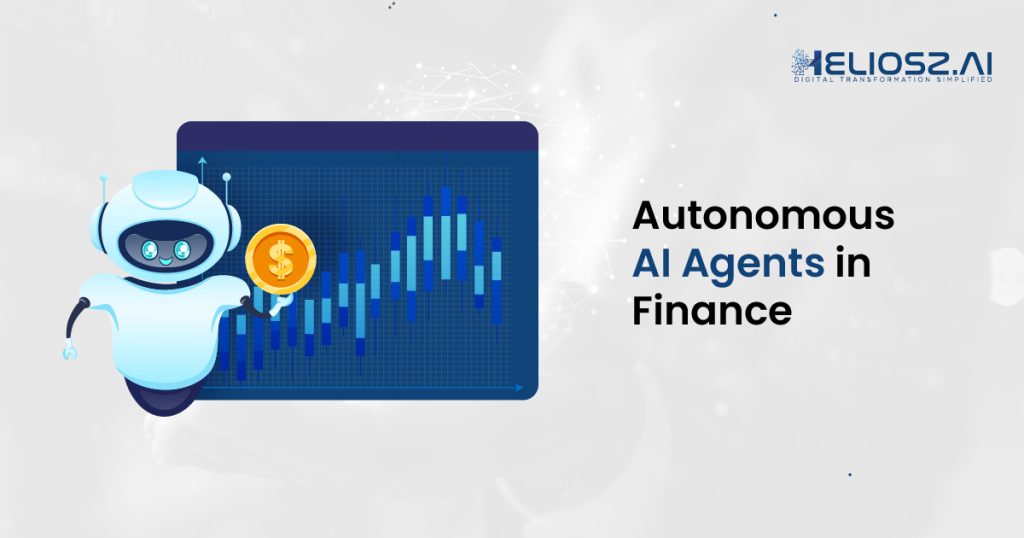Data Strategy Consulting Services That Deliver
Helps enterprises build scalable, compliant, and outcome-driven data strategies that align assets, technology, and objectives to drive measurable business value

Evaluate your readiness, identify gaps, and benchmark against best practices.
A Data Maturity Assessment reveals where an organization stands in its data journey, evaluating quality, infrastructure, culture, and governance. It uncovers gaps and opportunities to align business goals with tech readiness, enabling informed decisions and long-term strategy. Regular reassessment ensures progress tracking and agile recalibration as needs evolve.
Pinpoint strengths and gaps across your data landscape, covering systems, teams, and governance structures through qualitative and quantitative evaluations.
Ensure your data capabilities align with business objectives and long-term transformation goals to guide decision-making and prioritization effectively.
Use proven industry models to benchmark your organization’s data maturity against peers and best practices for continuous improvement.
Lay the groundwork for future investments by developing a data strategy rooted in realistic, phased execution aligned with business needs.

Build trusted frameworks that ensure accuracy, security, and global regulatory alignment (GDPR, HIPAA, etc.).
Effective data governance ensures consistency, accuracy, and compliance across the enterprise. By defining clear roles, policies, and processes, it enables secure data access, ownership, and lifecycle management. A strong governance framework reduces silos, supports regulatory adherence, and drives trusted decision-making, empowering organizations to scale with confidence and agility.
Implement scalable data policies, standards, and procedures to drive responsible usage, security, and lifecycle management across business units.
Align with global and industry-specific regulations, including GDPR and HIPAA, by embedding compliance controls into enterprise-wide data processes.
Establish accountability through defined roles and ownership structures to ensure accurate, consistent, and accessible data throughout its lifecycle.
Minimize data-related risks through governance programs that prevent misuse, enable traceability, and support secure data sharing and retention.

Design scalable, cloud-ready architectures for analytics, AI, and real-time insights.
Scalable architecture powers efficient, future-ready analytics by defining data structures, integration, and flow across platforms. It supports cloud, storage, and processing needs while reducing duplication and simplifying access. This flexible foundation enables advanced insights, lowers IT costs, and ensures long-term compatibility for evolving business and digital transformation goals.
Design flexible, cloud-native architectures that support structured, semi-structured, and unstructured data for hybrid and multi-cloud environments.
Enable smooth connectivity across data lakes, warehouses, APIs, and legacy systems to unify disparate sources into a central ecosystem.
Ensure systems are built to scale horizontally and vertically, allowing for increased data volume, user concurrency, and workload complexity.
Support real-time data streaming and low-latency pipelines that power analytics, automation, and decision-making without operational delays.

Turn data into measurable value through revenue opportunities and operational efficiency.
Monetizing data starts with identifying use cases that drive measurable value—through revenue, efficiency, or insights. With KPI setting and ROI modeling, data becomes a strategic asset. A value-driven approach accelerates returns, boosts profitability, and transforms data from operational byproduct into a source of competitive advantage.
Establish a framework to align data initiatives with business KPIs and quantify impact across departments and revenue channels.
Leverage internal insights for optimization and explore new revenue streams by packaging data for partners, customers, or third-party platforms.
Use proven financial models to assess data-driven investments, operational efficiencies, and improvements in customer lifetime value or retention.
Build strong business cases that articulate the return on analytics and justify ongoing investments in data, platforms, and AI tools.

Evaluate your readiness, identify gaps, and benchmark against best practices.
A strategic roadmap turns vision into execution by defining priorities, timelines, and ownership. It aligns business and IT, guides technology adoption and change management, and ensures structured delivery. By tracking progress and mitigating risks, it drives scalable outcomes and transforms goals into sustained operational success.
Define initiative sequences by value, feasibility, and urgency to maximize early impact and maintain momentum throughout implementation.
Engage stakeholders from IT, operations, and business units to ensure alignment and reduce friction across delivery cycles.
Identify and address potential risks in data readiness, compliance, or integration to safeguard execution and adoption.
Build realistic timelines and assign skilled teams, tools, and budgets to ensure disciplined progress and accountability.
Better project planning & lifecycle visibility.
Know More














































